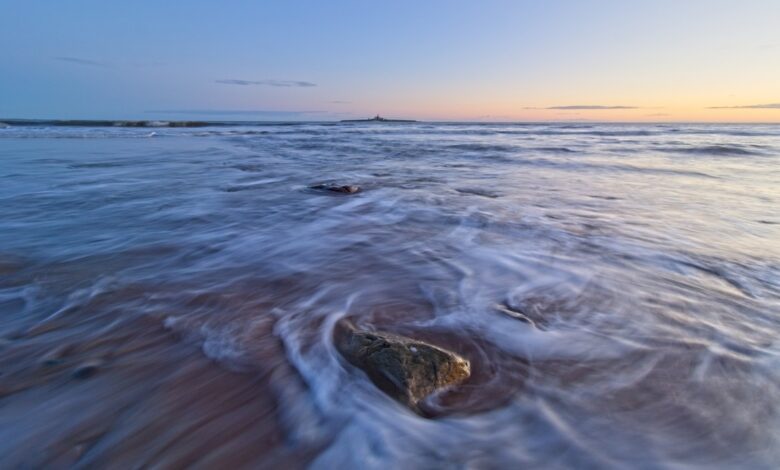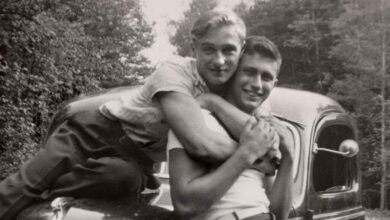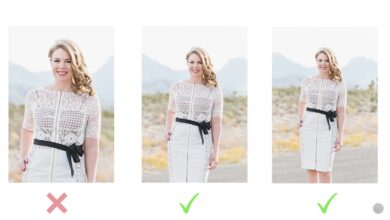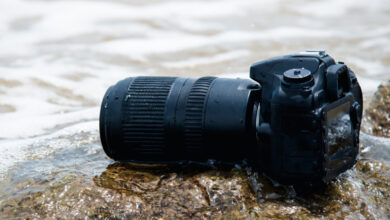Unique element of your photography that only you can bring

When we create a photo, there are things we can do to change it from ordinary to interesting. Here are some of the most important aspects of composition and an infallible element that only you can discover.
It has a lot of people confused. They don’t know what photographers mean by telling a story. Every photo has a story, but a more compelling photo says more than simply “this is X”: this is a bird. Add to that another meaning, so it becomes, “this is X, doing Y”: this is a bird taking off.
“This is a bird that’s up in the air because a cat is pouncing.”
“Here’s a couple dancing together because they’re in love.”
“This is an island in the calm sea.”
You can extend this to include a sub-topic.
“This bird is going up in the air because the hungry cat is pouncing.”
“This older couple is dancing together because they are in love. But contrast them with the young people in the back. “
“The calmness of the sea contrasts with the roughness of the islands, and their natural shape contrasts with the man-made straight lines of the lighthouse.”
That last group of stories is all about creating relationships, and those relationships are contrasts. This is the use of the word contrast in a broader sense than just the difference in tone that we often talk about in photography.
The opposite of contrast is uniformity. Uniforms are about subjects with similar characteristics, for example soldiers in uniform, bridesmaids at a wedding, and birds in a flock. However, it can also be less obvious: adjacent colors (those that are adjacent to each other on the color wheel, e.g. blue and green, yellow and orange, etc.), direction of movement, size , shape and form.
Of course, sometimes you want the story to say nothing more than “this is X.” Several years ago, I was tasked with photographing different types of gravel for a business that supplies gravel to the construction industry. They want uniform, no-frills images of their products displayed on their website. So I took dozens of photos that were nothing more than an accurate description of the product. But most of the time, we’re getting more than that.
Consistency in an image or in a collection of images can provide a sense of stability, calm, comfort, harmony, and intelligibility. On the other hand, the contrast in the image adds to the dissonance. They make the photos more stimulating, bringing in feelings of excitement, disagreement, and negative emotions. As I stated in a previous post, Negative emotions have a stronger impact on a photo than positive emotions.
Almost every adjective we can find to describe an object can have antonyms: large/small, wide/narrow, up/down, natural/artificial, near/far, smooth/coarse , old/young, motion/still, etc. Colors have their opposites, too; these are complementary colors: red/green, yellow/purple and blue/orange.
Photos often work best when uniformity and contrast go hand in hand. There are exceptions, but images with too much uniformity can turn out to be bland – the pebble I took is certainly not the most interesting subject I’ve ever taken – while the photographs have Too much contrast can be too busy, cluttered, or disorganized.
The best use of contrasting elements in a frame has a lot to do with their position in relation to one another. This is where the awareness of the different compositional rules comes into play. There are many of them, from the often misunderstood rule of thirds, which can be poorly applied and sometimes abused, to the golden ratio, discounts, armatures, etc. article on that topic in Marchso I won’t review all of them here.
Positioning objects in the frame worked best when we solidified them. We usually do it using leading and leading lines. These lines run towards the point or points where we want the viewer’s eyes to rest. The lines don’t have to come from the same direction. Think of the many radial lines on a spider’s web all of which lead to the focal point in the center of the spiral. They also don’t have to be continuous; they can also be implied. The brain extends lines beyond their endpoints, so our eyes naturally follow the extension to where they should run.
Determining the position of an object in a scene has a lot to do with the positioning of the camera. Experienced landscape photographers are rarely the first thing they see when arriving at a location. They went around, surveying the area and figuring out the best possible location and altitude to place the camera. Repositioning yourself changes perspective and perspective. If they have a particular photography style they want to adopt, it may depend on how they position the camera.
Several colloquial phrases with the same meaning come from different parts of England. One is the “spinning skewer”, which originated in weaving in Northern England, not far from where I live now. It means that the weft is misaligned, so the fabric is uneven. The other is the lesser known phrase “about huh.” It’s old English and is still used in parts of the country where I come from. As a seascape photographer, it is essential to capture a straight and unbiased horizon. The effect is jarring if only tilted half a degree to one side. However, there are some cases where the photographer may want to align the camera angle. That imbalance can add tension and drama to what would otherwise be an uninteresting shot.

All of these and others, such as controlling exposure, depth of field, and stopping or showing motion, while valuable, are nothing of their own. When combined, they are more than a sum of their parts. However, even then, they add less than an essential element that will elevate your photos to the next level. It’s about putting your personality into your photography. That is something only you can do. Nothing I or anyone else will write can teach you what it is.




